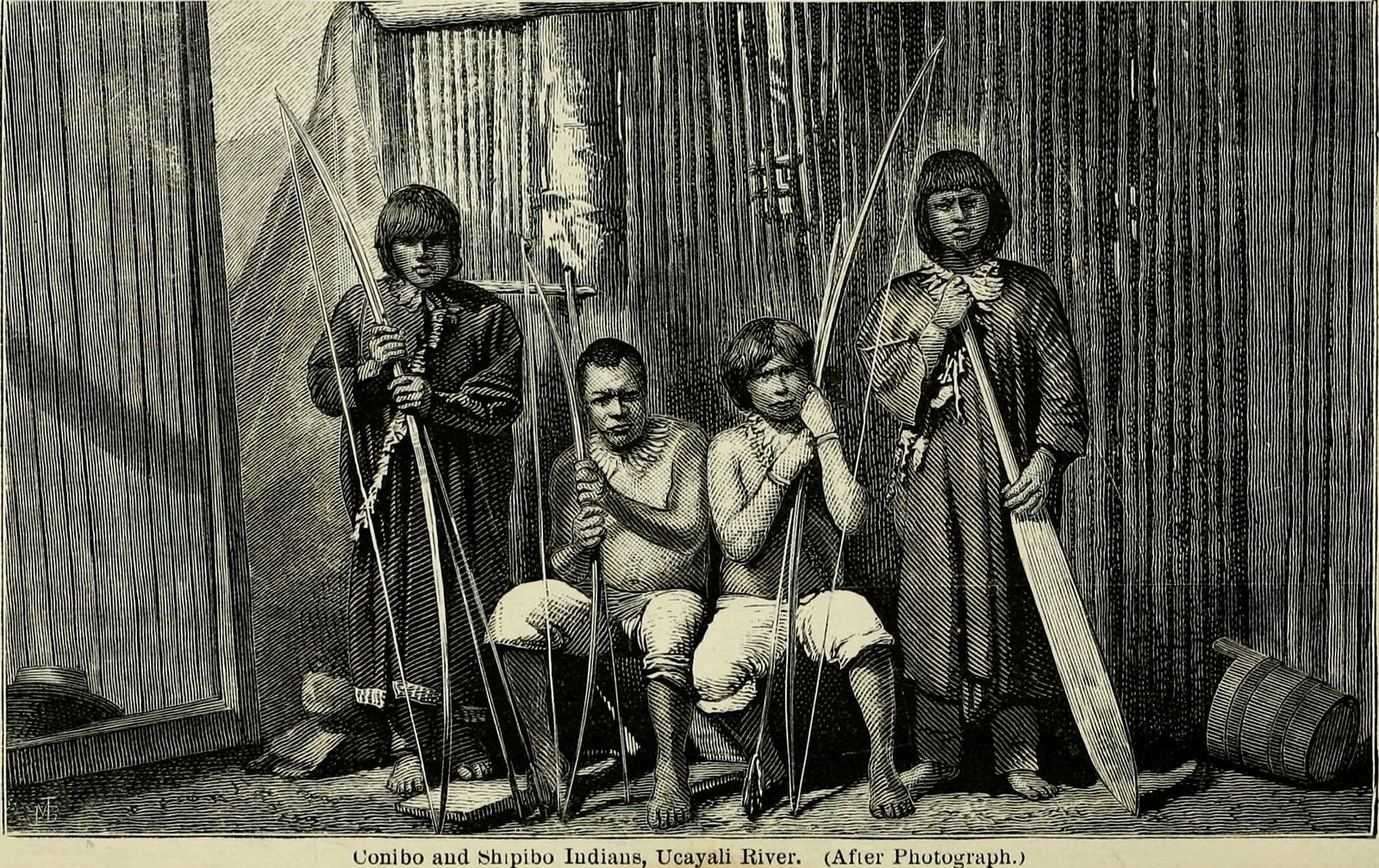Deep in the heart of the Amazon rainforest, an extraordinary tradition unfolds that intertwines the natural world with human rites of passage. Here, indigenous tribes engage in a unique coming-of-age ceremony that is as captivating as it is daunting. The ritual involves the use of fire ants, specifically their potent stings, to mark the transition from childhood to adulthood. This practice is not only a testament to human resilience but also a profound reflection of the relationship between nature and culture.
The Enigmatic World of Fire Ants
Fire ants, known for their fiery sting, are small but mighty creatures that inhabit the lush landscapes of the Amazon. These ants are fascinating in their own right, with complex social structures and impressive survival strategies. Their sting is both a weapon and a tool, used to protect their colony from threats. In the context of the Amazonian tribes, it becomes a symbol of endurance and strength. The ants’ venom contains alkaloids that cause intense pain, a sensation that plays a crucial role in the coming-of-age ceremonies.
The Significance of Coming-of-Age Rituals

In many cultures worldwide, coming-of-age ceremonies hold immense significance. They are a rite of passage that signifies the transition from childhood to adulthood, marking a new phase in a person’s life. For the Amazonian tribes, this transition is not merely symbolic; it is a test of courage and resilience. The fire ant ritual is a deeply ingrained tradition that serves to prepare young individuals for the challenges of adult life, both physically and mentally. It is a testament to the importance of cultural heritage and the role of nature in shaping human experiences.
Preparing for the Ceremony
The preparation for this unique ceremony is as meticulous as it is essential. Young initiates, usually boys, are taught about the significance of the ritual and the role of the fire ants. They are guided by elders who have undergone the ceremony themselves, providing a sense of continuity and community. The preparation involves both physical and mental conditioning, as the initiates must steel themselves for the pain they are about to endure. This phase is crucial, as it lays the foundation for the experience that will follow.
The Ritual Unveiled
On the day of the ceremony, the air is thick with anticipation. The fire ants are collected carefully, and their stings are harnessed in a way that ensures maximum impact. The young initiates don gloves woven with leaves, into which the ants are woven. As the gloves are placed on their hands, the searing pain begins. This moment is a test of endurance, with the initiates expected to withstand the stings without showing signs of distress. The ritual is a powerful demonstration of the human spirit’s ability to overcome physical suffering.
The Role of Community Support
Throughout the ceremony, the community plays a vital role in supporting the initiates. Family members, friends, and tribe elders gather to witness the rite of passage, offering encouragement and solidarity. The presence of the community provides the initiates with the strength to endure the pain, knowing that they are not alone in their journey. This collective experience reinforces social bonds and instills a sense of belonging, which is integral to the cultural identity of the tribe.
The Science Behind the Pain

The fire ant sting is a marvel of evolutionary adaptation. The venom contains a potent cocktail of chemicals that trigger an intense pain response in humans. Scientists have studied these compounds to understand their effects on the nervous system and pain receptors. The pain is sharp and immediate, akin to a burning sensation that can last for hours. For the Amazonian tribes, this pain is not merely a physical sensation; it is a rite of passage that signifies strength and resilience.
Cultural Significance and Preservation

The fire ant ritual is a cultural treasure that reflects the unique relationship between the Amazonian tribes and their environment. It is a practice that has been passed down through generations, preserving the tribe’s heritage and traditions. In a rapidly changing world, where many indigenous practices are at risk of being lost, the fire ant ceremony stands as a testament to the resilience of cultural identity. Efforts to document and preserve such traditions are crucial in ensuring their survival for future generations.
The Impact of Modernization
Modernization poses both challenges and opportunities for the preservation of indigenous rituals. While some aspects of traditional life are being transformed by external influences, there is a growing recognition of the value of preserving cultural practices. For the Amazonian tribes, this means finding a balance between embracing modern advancements and maintaining their ancestral traditions. The fire ant ceremony, with its deep cultural roots, serves as a reminder of the importance of preserving the past while navigating the future.
Conclusion
The fire ant coming-of-age ceremony is a fascinating intersection of nature and culture, showcasing the resilience and strength of the Amazonian tribes. It is a practice that challenges the limits of human endurance while celebrating the rich cultural heritage of the region. As we continue to learn from and appreciate such traditions, we gain a deeper understanding of the diverse tapestry of human experience and the enduring bond between people and the natural world.




